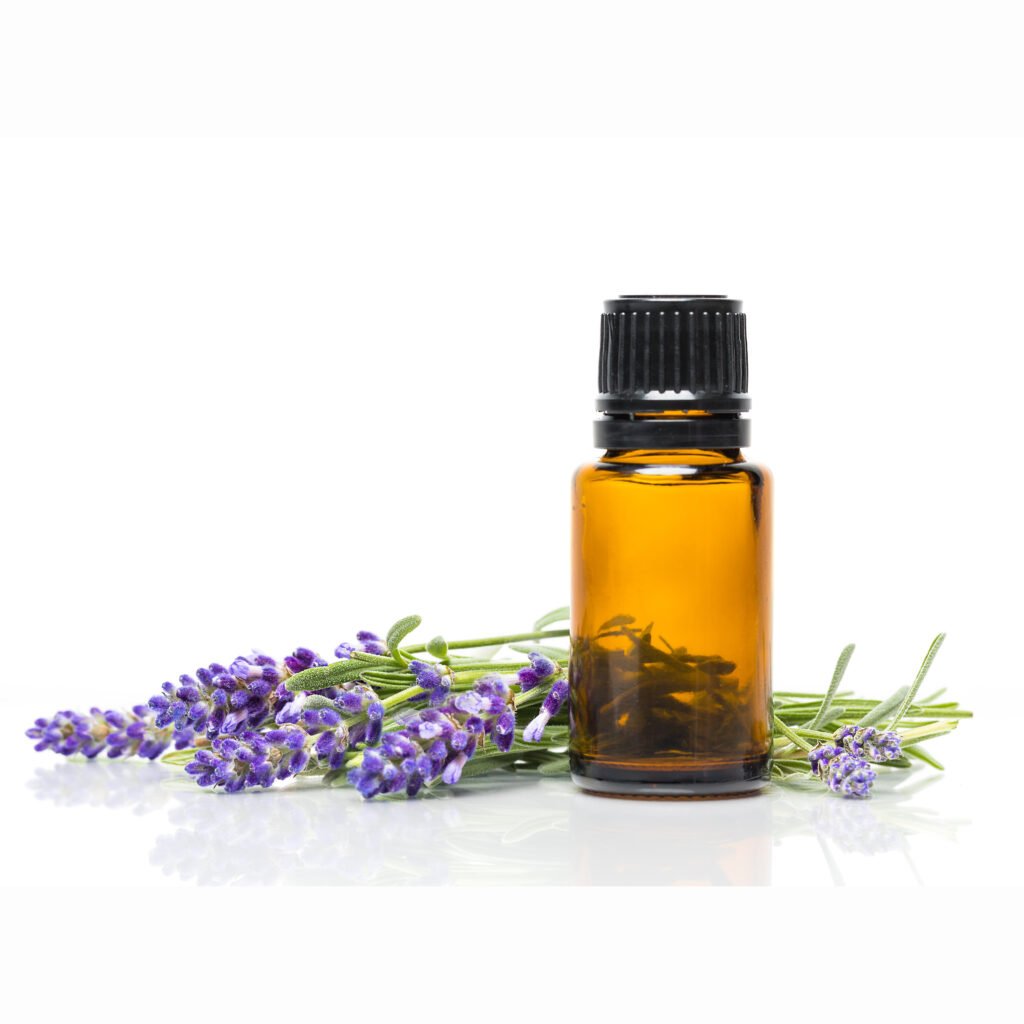- Anti-Inflammatory and Pain Reducer: Linalool is useful for dampening overractive responses to injury or sickness.
- Anti-Epileptic: Linalool is “very powerful in it’s anticonvulsant quality”
- Stress Reducer: Linalool inhalation has been shown to act as an anxiolytic (anxiety reducer) and may boost immune system performance.
- Vampire Deterrent: Linalool can deter mosquitos with 93% efficiency.
- Sedative: Linalool can improve sleep and increase energy the following morning!
- Anti-Microbial Modulator: Linalool may improve anti-microbial properties.

Linalool
Characteristics
Linalool is a naturally occurring terpene found in cannabis and many flowers and spice plants. The scent is floral with a hint of spiciness. The natural origins and pleasing scent has meant that linalool is used in many commercial applications.
What is Linalool?
Like most botanical terpenes, Linalool is not specific to any one plant. You’ve no doubt encountered linalool if you’ve ever smelled lavender, either fresh, dried, or in the form of an essential oil. Linalool can be found in upwards of 200 plants, ranging from:
- Lamiaceae (lavender, mints, scented herbs)
- Lauraceae (laurels, cinnamon, rosewood)
- Rutaceae (citrus fruits)
- Fungi
- Birch trees
Linalool has a floral aroma similar to lavender with a touch of spiciness that lends to its many commercial applications in creams and oils.
One of the most common ways to ingest linalool is through inhalation of lavender oils containing the aromatic compound. It doesn’t stick around like other substances because your body metabolizes it quickly (2).
Plus, studies suggest Linalool has many health benefits.



